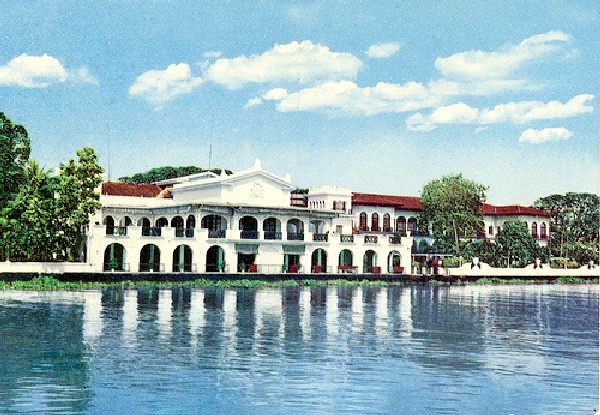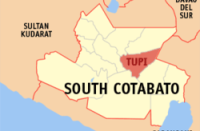
The General Santos International Airport has been chosen by a United Nations unit as the location for the construction of a disaster response center in Mindanao.
The Civil Aviation Authority of the Philippines announced this in a recent statement sent to reporters.
According to the CAAP, the World Food Programme, the UN’s food assistance branch, will fund the construction and manage for two years the center, which will include a warehouse to store disaster relief goods, an office for humanitarian clusters, and a training center for disaster operations personnel.
After such time, it said the facility will be turned over to the Philippine government through the Department of Social Welfare and Development, which is the vice-chair of the Disaster Response Pillar of the National Disaster Risk Reduction and Management Council.
General Santos International Airport manager Allan Punay said the airport is the biggest of the 81 being managed by CAAP.
He said it has an area of over 600 hectares and a 3200-meter runway that can accommodate for landing the biggest commercial aircraft in the world, the Airbus A380.







